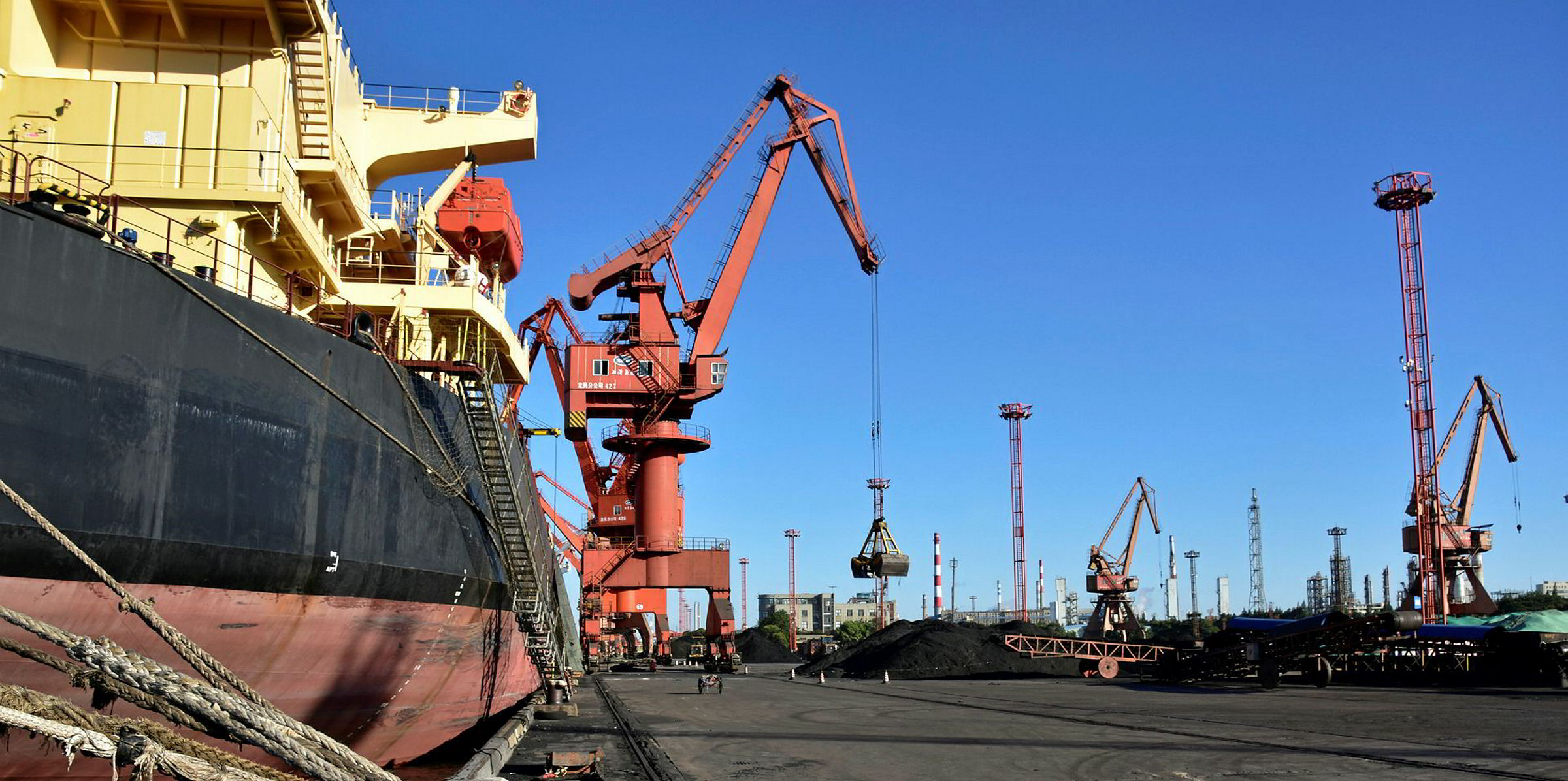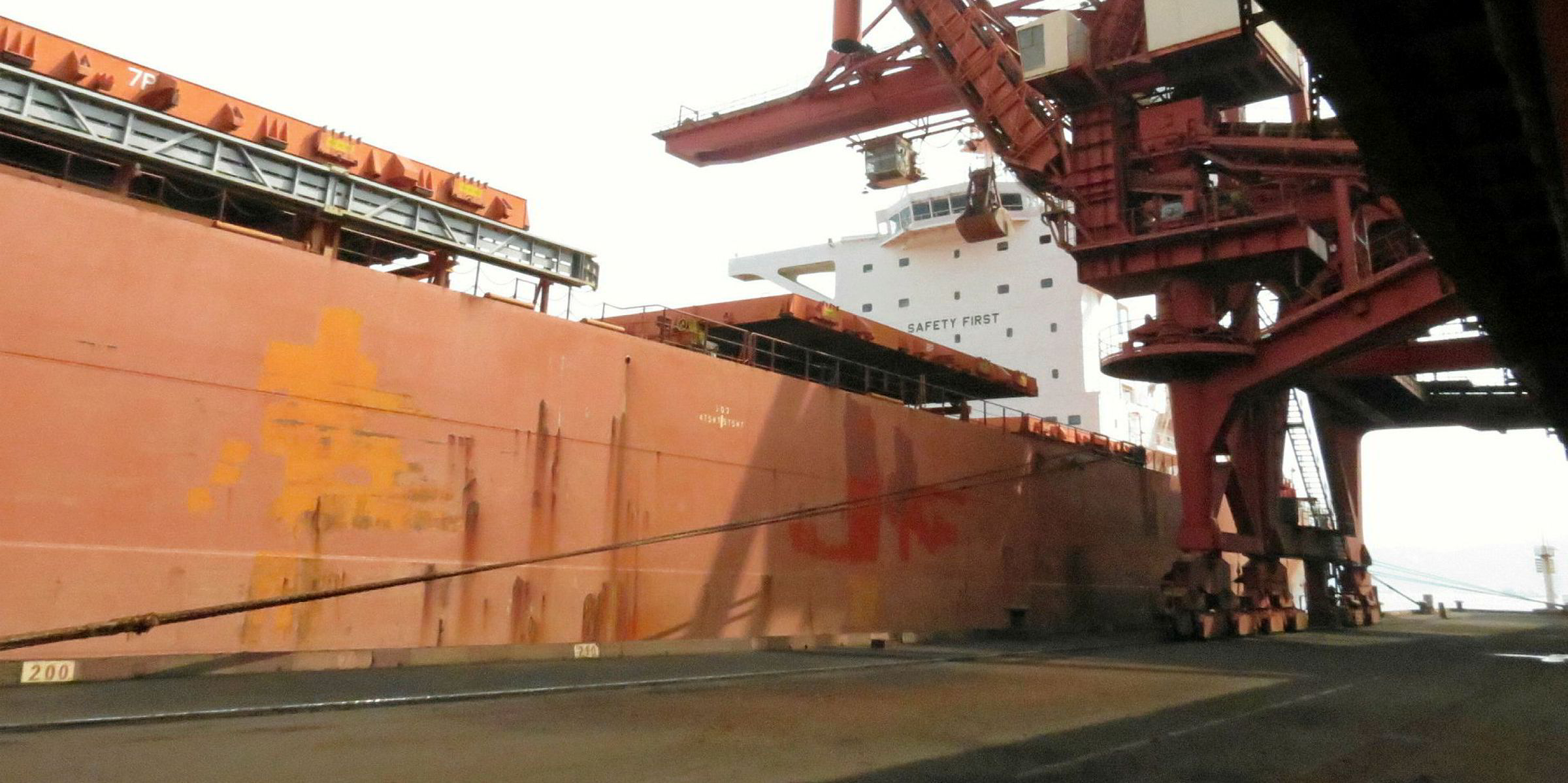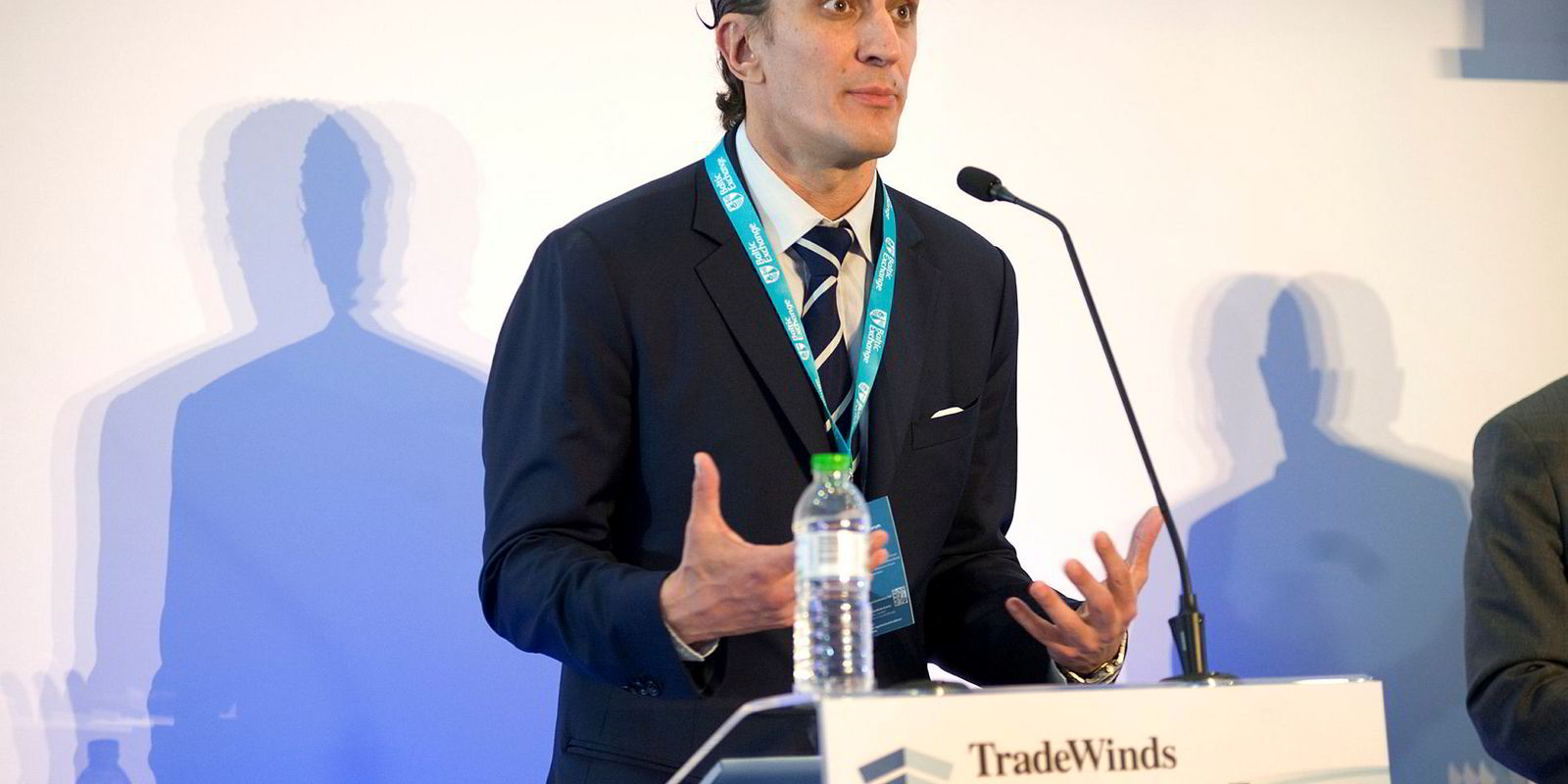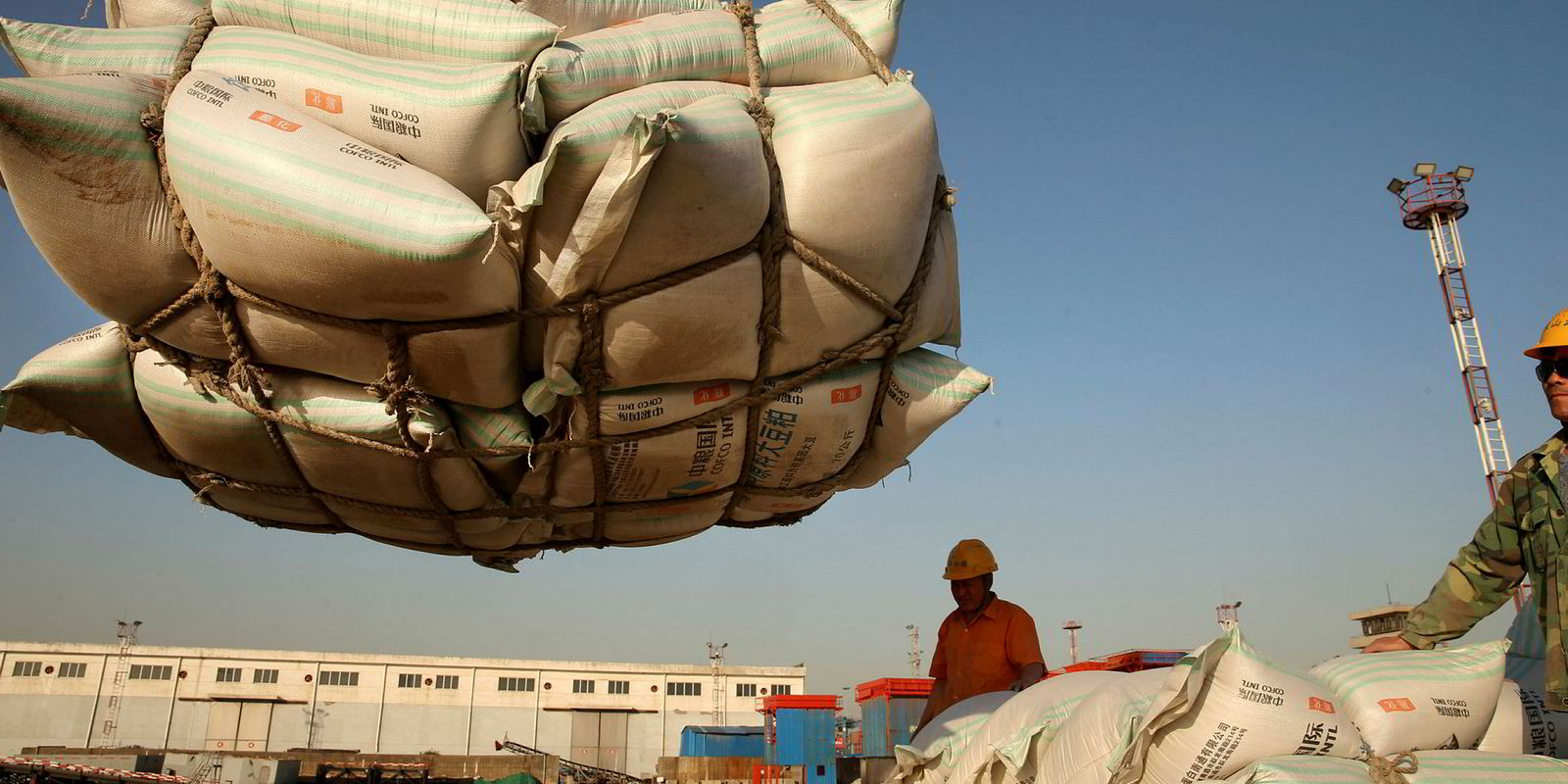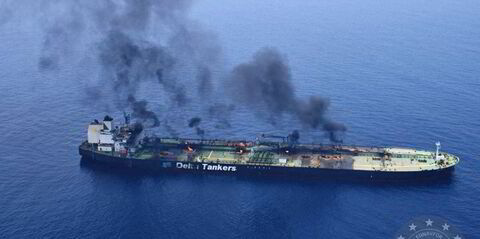Capesize bulkers have started to shake off their recent weakness on recovering fixing activity, signalling a potential reversal of fortunes compared to smaller dry bulk classes.
Between 13 and 22 November, the weighted time charter average for capesizes was below that of panamaxes, supramaxes and handysizes on the Baltic Exchange — a market abnormality for the largest trading class in the exchange’s spot assessments.
The collapse in earnings was triggered by a BHP derailment in West Australia that forced the mining giant to suspend its iron-ore shipments to Port Hedland for nearly a week in the first half of November.
However, the capesize time charter average rebounded by 59.6% from the week-ago level to $13,918 per day at the beginning of this week, helping the segment regain its status as the top earner among bulker sectors.
According to market participants, Brazil and Australia have been seeing more fixing activity of iron ore cargoes, with China expected to show greater buying interests after the price dropped for the raw material.
'Volatile' sector
“Capes are very volatile because the market is so small, and so dominated by a few charterers like the big iron ore miners and Chinese steel mills,” Banchero Costa head of research Ralph Leszczynski told TradeWinds. “There was clearly an overreaction, and things seem to have bottomed out.”
Still, the upside for capesize earnings could be limited to this quarter, as the Chinese government has ordered some steel mills to curb output to fight pollution during winter and, consequently, undercut iron ore requirement.
While Beijing does not seem to be as strict on enforcing the production restriction this year, market participants have said such scope could have a mixed impact on overall tonne miles.
On the one hand, total import volumes being affected might be less than last year, as Braemar ACM suggests only some more-polluting steel mills are being asked to cut output in contrast to a blanket production curb in 2017.
it is still unclear if the import restrictions will apply to all Chinese provinces and we find it unlikely that the regulation will remain in place beyond Christmas
Petros Pappas, chief executive of Star Bulk Carriers
On the other, Chinese mills are more willing to import iron ore of lower grades from Australia at the expense of purchases of better Brazilian grades, hitting tonne-mile demand.
“It looks like the use of higher-quality iron ore to reduce pollution has not been prioritised,” Golden Ocean chief executive Birgitte Vartdal said during a recent conference call. “That can also be seen in the air quality around the big cities, so the question is whether there will be a change in policy later on.”
Based on stock figures, there also seems to be more room for re-stocking of Australian iron ore.
The total inventory of Australian iron ore at Chinese ports stood at 81.1 million tonnes as of 23 November, down from the early-September level of 91.5 million tonnes.
Brazilian iron ore inventories amounted to 30.7 million tonnes as of 23 November — the highest in approximately six months.
Bearishness for smaller segments
Daily earnings for panamax, supramax and handysize bulkers have not fluctuated much this month. However, weaker Chinese imports of coal and soybeans could exert downward pressure on the smaller segments — especially panamaxes.
With Beijing’s target to cap this year’s coal import volumes at 2017’s level, China will need to limit overseas purchases in November and December following an increase of 11.11% in import volumes compared to the levels seen in the first 10 months of last year, according to some analysts.
Chinese authorities have even decided to stop clearing customs for imported coal until 31 December, Platts reported.
“[The restriction] appears to be a network to support the domestic coal industry and move downward pressure on international coal prices,” Star Bulk Carriers chief executive Petros Pappas said during an earnings call.
“However, it is still unclear if the import restrictions will apply to all Chinese provinces and we find it unlikely that the regulation will remain in place beyond Christmas.”
Also, export prospects for US soybean have dimmed amid Washington DC’s trade dispute with Beijing. The world’s top soybean buyer has imposed a 25% tariff on US imports since July.
China has been building soybean inventories with purchases from Brazil, but the South American country’s export season is over. However, China has issued new standards of protein content in animal feed, which could help trim soybean requirements if adopted by farmers.
“The US soybean season... is experiencing a very weak start, with volumes down by approximately 40% compared to last year,” Pappas said.
